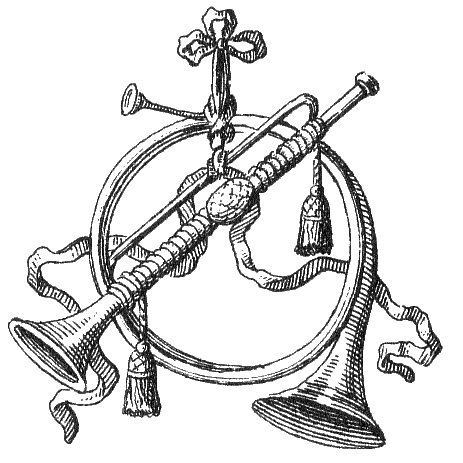 | ||
Balanced action refers to new styles of keywork developed for saxophones and trumpets in the 1930s and 1940s, and has different meanings depending on whether one is referring to the trumpet system or the saxophone system.
Contents
Balanced action trumpets
Balanced action trumpets have the valve assembly set forward (170mm vs. 140mm), closer to the bell. This style of trumpet was first developed by the Henri Selmer Paris company in 1933 for Louis Armstrong, and was also famously used by Harry James, who preferred the configuration because of his long arms. Similar trumpets were also made by F. E. Olds (the Olds Recording Model) beginning in 1950 and King Musical Instruments, with the last instruments of this type being manufactured in the early 1970s.
Balanced action saxophones
Balanced action saxophones were manufactured by Selmer from 1936–1947 and involved almost a complete redesign of the keywork and layout, introducing many changes that are standard to this day. Changes included offsetting keyholes between the upper and lower stack, shorter key arms, and an offset octave key to facilitate side playing, along with the first high F# key.
